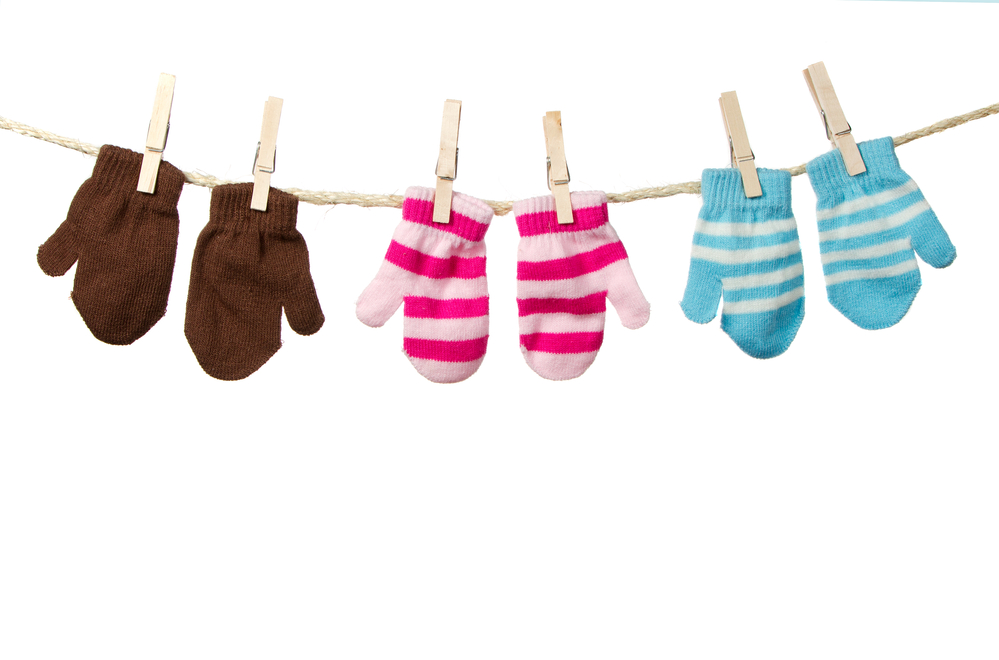
The mittens that Bernie Sanders wore at the inauguration of the new president have been a big hit in the media and in cyberspace. And we now know where the famous mittens came from, although most people miss the economic lessons of the story. The mittens were sown from recycled materials by a Vermont teacher called Jen Ellis, who moonlights in this artisanal hobby (Travis M. Andrews, “The Handwarming Story of How Bernie Sanders Got his Inauguration Mittens,” Washington Post, January 21, 2021).
Remember Adam Smith’s pin factory. In the second part of the 18th century, the division of labor allowed 10 men working together to each make the equivalent of 4,800 pins a day, while a single man working alone could only make 20 at most and perhaps not more than one pin (The Wealth of Nations, 1776). Now, apply that to mitten production.
Ms. Ellis reportedly spent an hour making Mr. Sanders’s mittens. If she had spent that hour working in a clothing factory instead, she would have produced several pairs of mittens, perhaps dozens or hundreds of pairs. As Adam Smith saw for pins, the division of labor dramatically increases productivity—and even more dramatically with modern machines that did not yet exist in the early years of the Industrial Revolution. The numerous pairs of mittens produced by Ms. Ellis’s work in an hour could have been sold to Walmart or Dollar stores, keeping warm the hands of many poor. She chose instead to produce one pair for a wealthy Vermonter. (The 2016 purchase by Mr. Sanders and his wife of a house in a wealthy Lake Champlain neighborhood, documented by a local Vermont newspaper, has not been contradicted by Snopes.)
Note that, except for the economic lessons, none of that is our business. Assume that Mr. Sanders’s income from taxpayers represents what has been necessary to incentivize him to give up private employment opportunities and be as productive or more productive for voters (and detrimental to none). Individual preferences (which guide individual actions) are subjective, and Ms. Ellis obviously preferred the recognition and gratefulness of Mr. Sanders to the contentment of several poor individuals. She is, or should be, free to produce what she wants with the technology she prefers and sell or give her products to whom she wants. She is not, or should not be, obliged to bake a cake for the poor. On his side, Mr. Sanders is, or should be, free to wear the mittens he wants, however eccentric or ostentatious, just as people who want deodorant should be free to buy the sorts they want, despite what Bernie himself thinks; or just as people who want dolls for their daughters should be free to purchase them from Chinese producers or anywhere they find what they consider a good bargain, despite what Sanders’ fellow politician Donald Trump proposed.
What Mr. Sanders and Ms. Ellis have enjoyed is called economic freedom. It is the regime that, in general, best and most equally allows individuals to satisfy their preferences.

READER COMMENTS
Gene Laber
Jan 26 2021 at 9:47am
Pierre,
Economists are very generous granting unrealistic assumptions for the sake of argument. But yours is a really big stretch when you assume his income from taxpayers is the amount necessary to incentivize him to give up other employment opportunities. Some references claim he worked as a union carpenter and as a free lance journalist before he became mayor of Burlington. But it is hard to find much evidence that he ever worked before the progressives in Burlington put him in the mayor’s office. I suspect his opportunity cost in absence of his political activism would be close to that of a Wal Mart greeter. His income and wealth reflect how politicians can become well-to-do even with marginal productivity near zero in production and exchange.
Gene Laber
P.S. The Lake Champlain house is a second home on the Lake. He also has a residence in an upscale neighborhood in Burlington.
Pierre Lemieux
Jan 27 2021 at 11:35am
Gene: I agree. My assumption on Sanders’s income was only meant to allow me to analyze the simplest economic lessons. My parenthetical “and detrimental to none” gave away the unrealism of this assumption.
IronSig
Jan 26 2021 at 11:09pm
https://slate.com/human-interest/2021/01/bernie-sanders-inauguration-mittens-vermont-teacher-interview.html
Pierre Lemieux
Jan 27 2021 at 10:22am
Thanks for the link. Interesting interview. Ms. Ellis seems to sincerely believe that socialism helps people being what they (individually) are: “He is who he is.” In fact, he (Sanders) would have had much trouble being who he is in the USSR and he would forcibly be a different person in Cuba or Venezuela. And perhaps Mr. Ellis will now understand a bit of supply and demand: when the price is zero, quantity demanded is much larger than quantity supplied.
Comments are closed.